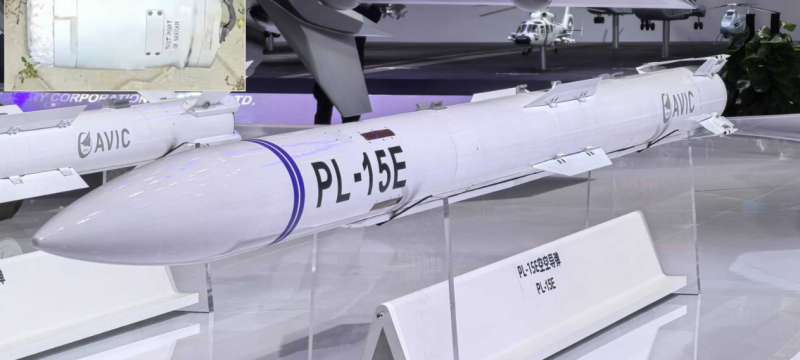The recent Pakistan-India conflict has revealed a pivotal evolution in South Asia’s air warfare landscape, as Pakistan’s use of China’s PL-15 missile played a decisive role in downing Indian Rafale fighter jets for the first time. The PL-15, fired from Pakistan’s Chinese-made J-10C jets, offers an unprecedented long-range air-to-air capability that challenges India’s Western-equipped fleet.
Fragments of the PL-15 were found near Hoshiarpur, Punjab, marking its combat debut. With its advanced AESA radar guidance and a range exceeding 200 kilometers, the missile enables Pakistani fighters to engage Indian aircraft from well beyond traditional engagement zones, bypassing defenses like the Rafale’s Meteor missiles and S-400 systems.
Also Read: Chinese Scientists Unveil Gene Breakthrough To Boost Rice Yields In Heatwaves
This encounter has not only heightened military planning pressures in the region but also positioned Chinese defense technology as a formidable rival to established Western arms. Analysts believe the successful combat performance of the PL-15 could boost Chinese arms exports and shift procurement strategies across Asia.
As Pakistan deepens reliance on Chinese systems and India continues diversifying its arsenal, the episode signals a new era of technological rivalry where battlefield-tested systems like the PL-15 will reshape future defense alignments.





